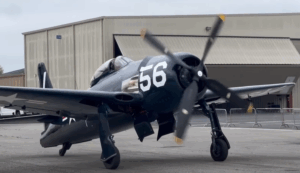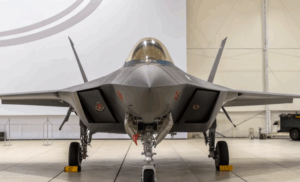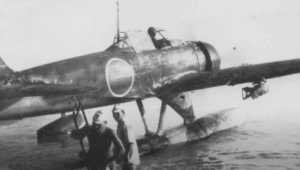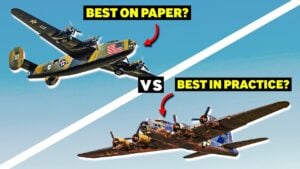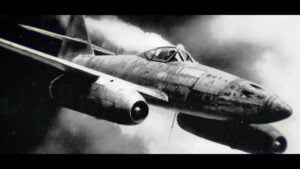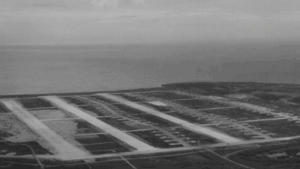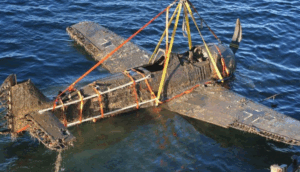The WWII Bomber That Outran a Deadly Zero During the War

Dogfight Aviation / YouTube
The air war in the Pacific saw American bombers facing off against Japan’s fast and deadly Zero fighters. The Boeing B-17, known as the Flying Fortress, was designed to withstand heavy damage and defend itself, but it often had to escape intense enemy attacks. The Zero, built for speed and maneuverability, posed a serious threat. Despite its advantages, the Zero faced challenges when engaging a well-prepared formation of bombers.
The B-17 Flying Fortress
The B-17 was designed for endurance and defense. It carried a crew of ten and was equipped with multiple .50 caliber machine guns covering every approach. The bomber’s design allowed it to absorb damage and continue flying, but its slower speed made it an easy target. Its greatest strength came from formation flying, which allowed bombers to provide overlapping fields of fire against enemy fighters.
However, even with its armor and firepower, the B-17 had vulnerabilities. Its engines and fuel tanks, though protected, could be severely damaged by sustained enemy fire. A direct hit to the cockpit or wings could be fatal. Still, when working together in a defensive formation, these bombers were difficult for enemy aircraft to bring down.

The A6M Zero’s Advantage
The Mitsubishi A6M Zero was one of the most feared aircraft in the Pacific. Lightweight and extremely maneuverable, it could outclimb and outturn most American planes. It was armed with two 20mm cannons and two machine guns, making it deadly against unprotected targets. The Zero’s pilots used aggressive tactics, diving in from above to strike at the bombers before they could respond.
However, the Zero had weaknesses. Its light frame meant it could not absorb much damage. While it was fast, it lacked self-sealing fuel tanks, making it vulnerable to return fire. If a Zero took too many hits while attacking a bomber formation, it often did not make it back.

Survival Through Strategy
To counter the Zero threat, American bombers relied on tight combat box formations. By flying in coordinated groups, B-17 crews created interlocking fields of fire, making it dangerous for a Zero to get close. When a Zero attacked, defensive gunners focused their fire, forcing the enemy to break off or risk being shot down.
As the war progressed, American bombers gained escort fighters like the P-38 Lightning and P-51 Mustang. These fast, long-range fighters intercepted Zeros before they could reach the bombers, reducing losses and ensuring more B-17s made it home. Though many bombers were lost, their ability to withstand attacks helped change the course of the war in the Pacific.













